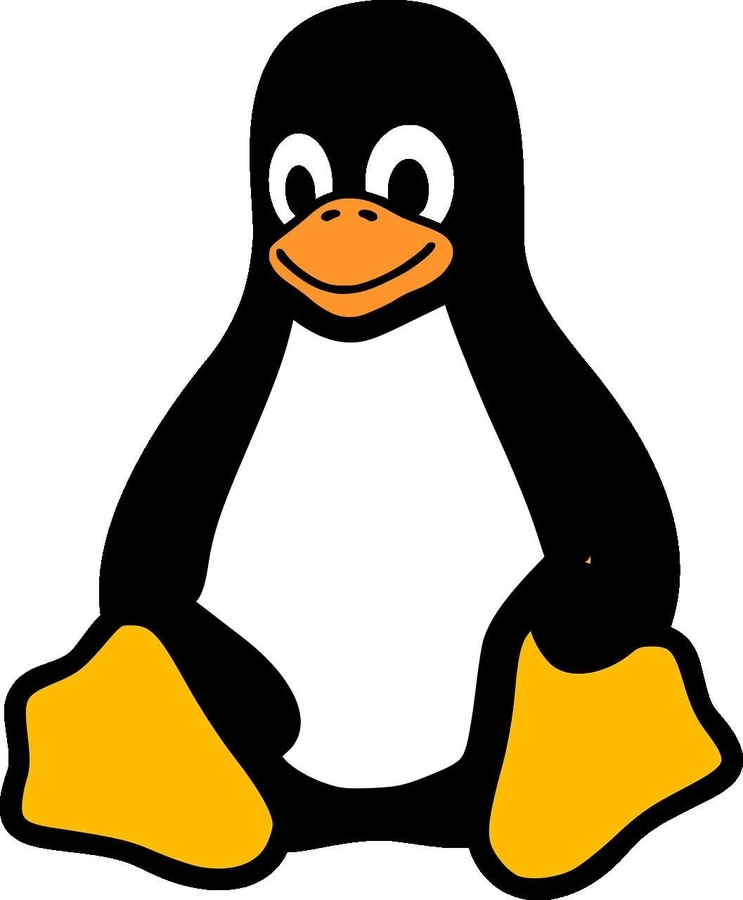When it comes to operating systems, few have a mascot as iconic and beloved as Linux’s Tux the Penguin. Whether you’re a seasoned Linux user or new to the open-source community, you’ve likely come across this charming little penguin at some point.
But have you ever wondered why the Linux mascot is a penguin? In this blog post, we’ll explore the origins of Tux and discover the story behind one of the tech world’s most recognizable mascots.
The Birth of Tux: Linus Torvalds’ Penguin Encounter 🐧
The story of Tux the Penguin begins with Linus Torvalds, the creator of the Linux kernel. In the early 1990s, Torvalds was working on the development of Linux, and the operating system was gaining popularity among tech enthusiasts. However, Linux lacked an official mascot, and the community was eager for a symbol to represent the project.
The idea of a penguin mascot was inspired by an amusing encounter that Torvalds had with a little penguin at the National Zoo in Canberra, Australia. During a visit to the zoo, Torvalds was bitten by a penguin.
This encounter left a lasting impression on Torvalds, and he became fond of the idea of a penguin representing Linux.
The Creation of Tux: A Community Effort 🎨
With the concept of a penguin mascot established, the next step was to bring Tux to life. The task of designing the official Linux penguin fell to Larry Ewing, a talented artist and Linux enthusiast. Ewing created the original Tux image using the GIMP (GNU Image Manipulation Program), a free and open-source graphics editor.
The name “Tux” is said to be derived from the words “tuxedo” and “Unix.” The tuxedo-like appearance of the penguin’s plumage and the Unix-like nature of the Linux operating system made “Tux” a fitting name for the mascot.
Tux was designed to be simple, friendly, and approachable, embodying the spirit of the Linux community. The image of Tux quickly became popular and was widely adopted by Linux users, developers, and distributors. Tux has since appeared on merchandise, software packaging, websites, and promotional materials, becoming a symbol of the Linux operating system and the open-source movement.
The Legacy of Tux: A Symbol of Open Source 🌐
Tux the Penguin has become more than just a mascot for Linux; it has become a symbol of the open-source community as a whole. Tux represents the values of collaboration, freedom, and innovation that are central to open-source software development.
The choice of a penguin as the Linux mascot also reflects the playful and inclusive nature of the Linux community. Tux serves as a reminder that technology can be fun, accessible, and welcoming to people of all backgrounds and skill levels.
Over the years, Tux has become a beloved figure in the tech world, and its presence continues to bring a sense of joy and camaraderie to the Linux community. The mascot has been adapted into various forms and styles, and it’s not uncommon to see Tux dressed up as a superhero, a wizard, or even a ninja in different Linux distributions and events.
Celebrating Tux and the Linux Community
In conclusion, the story of Tux the Penguin is one that reflects the creativity, humor, and collaborative spirit of the Linux community. From Linus Torvalds’ whimsical encounter with a penguin at the zoo to Larry Ewing’s artistic rendition of the mascot, Tux has become an enduring symbol of Linux and the open-source movement.
As Linux continues to thrive and evolve, Tux remains a constant reminder of the power of community-driven innovation. Whether you’re a developer, a system administrator, or simply a fan of open-source software, Tux stands as a testament to the impact that passionate individuals can have when they come together to create something special.
So the next time you see Tux the Penguin, take a moment to appreciate the journey that led to its creation and the vibrant community that it represents. And if you’re new to Linux, let Tux be your friendly guide as you explore the world of open-source software.
Thank you for joining us on this journey into the history of Tux the Penguin. We hope you enjoyed learning about the origins of this iconic mascot and its significance to the Linux community. Happy Linux-ing!
A Special Offer
But wait, that’s not all!
If you want to become a true Linux ninja, you’ve got to check out my new e-book called “Shell Samurai – Master the Linux Command Line.” 📚🥷
This e-book is jam-packed with tips, tricks, and techniques that will help you master the Linux command-line like a samurai.
Whether you’re a beginner or an experienced user, Shell Samurai has something for every Linux user.
What are you waiting for?
Grab your copy of “Shell Samurai – Master the Linux Command Line” today and start your journey to becoming a Linux command line master!
Click the link below to grab your copy, and use coupon code KERNEL for 20% off:
Thanks for reading, and happy Linux-ing! 🐧🎉
